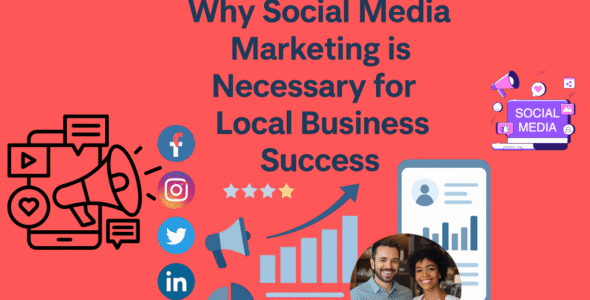Pinterest is more than simply a visual discovery platform; it has evolved into a valuable tool for companies seeking to increase exposure, communicate with prospective consumers, and generate traffic to their websites. With more than 450 million active users, Pinterest provides several potential for development via intelligent content production and management. In this post, we’ll look at how to use Pinterest’s capabilities to expand your company successfully.
Why Pinterest is useful for business growth.
Pinterest Content Management very significant platform for company development owing to its unique visual search engine capabilities and engaged user base. With over 450 million monthly users, Pinterest is a place where people actively seek inspiration, goods, and services. This intent-driven environment is great for companies looking to boost brand awareness, generate website traffic, and directly market items via Pins, Video Pins, and Shopping Pins.
Unlike other social networks, Pinterest enables users to find material that matches their interests and requirements, resulting in increased engagement and conversions. Companies may tap into an engaged audience by managing their material properly, optimizing it, and strategically using Pinterest’s business capabilities.
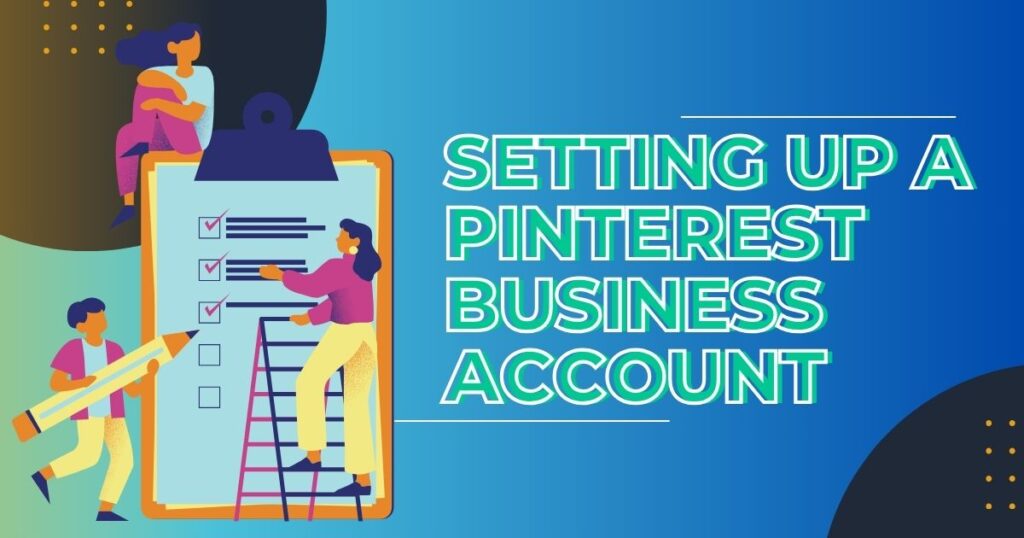
Setting up a Pinterest Business Account
Setting up a Pinterest Business account is critical for organizations wishing to maximize the platform’s potential. A corporate account provides access to useful features such as Pinterest Analytics, Ads Manager, and rich pins that are not accessible with a personal account. Here’s a step-by-step tutorial for getting started:
- Create an Account: Go to [Pinterest content for Business] (httpsbusiness.pinterest.com) and select Join as a Business. If you already have a personal Pinterest account, you may convert it to a business account or create a new one only for your company.
- Fill out Your Profile: Enter your company name, upload a logo or related image as your profile photo, and provide a brief description of your firm. Make sure to utilize relevant keywords so that people can discover you.
- Connect Your Website: Adding your website to your Pinterest account increases credibility. Pinterest will request that you authenticate your website, either by adding an HTML element or providing a verification file.
- Enable Rich Pins Rich: Pins improve your content by automatically bringing in data such as price, availability, and more. To enable Rich Pins for products, articles, or recipe material, follow the procedures outlined in Pinterest’s rules.
- Complete Business Information: To ensure your account is properly maximized, include your business address, email, and any other essential contact information.
- Start Pinning: Create boards and pins to reflect your goods, services, or brand values. Remember, each pin should include a relevant title, description, and a link to your website.
After following these steps, you will have a Pinterest content Business account that can help you expand your brand and interact with a broader audience.
Understanding Pinterest’s Content Types
Pinterest content provides a variety of content categories, allowing companies to interact with consumers in a variety of ways. Understanding the various formats allows you to choose the best technique for promoting your business and reaching your target audience. Here are the primary content kinds on Pinterest
1. Pins
Standard Pins are the most popular content type on Pinterest. These may be photos or videos that point to other websites, blogs, or product pages. When a user clicks on a Pin, they are driven to the connected content, which increases traffic to your website or shop.
2. Video Pins
Video pins are an excellent method to catch attention and express a message in a more dynamic manner. These pins auto play in the stream and provide an entertaining method to highlight items, lessons, or behind-the-scenes information. Video Pins may increase interaction and are especially useful for product demos.
3. Idea Pins
Idea Pins are multi-page postings that enable you to publish a series of photographs or videos to convey a narrative, demonstrate a technique, or go further into a subject. They are very engaging, which makes them ideal for developing connections with your audience. Idea Pins do not connect to other websites, but they may be used to highlight instructional or inspiring information.
4. Shopping Pins
Customers may more easily purchase products directly from Pinterest content thanks to shopping pins, which allow businesses to link to their products. When people click on these Pins, they are sent to the product page on your website, where they may make a purchase. Shopping Pins are a wonderful tool for companies who want to make purchases directly on the platform.
5. Rich Pins
Rich Pins provides more information right on the Pin itself. They come in a variety of formats, including Product Pins, Article Pins, and Recipe Pins, and automatically include extra information such as price, availability, and product descriptions. Rich Pins make your content more informative, which may lead to more engagement and conversions.
6. Carousel Pins
Carousel Pins enable you to include numerous photos in a single Pin, which visitors may swipe through. This style is perfect for displaying a collection of items, before-and-after photographs, or a step-by-step tutorial. Carousel Pins may boost user engagement and provide additional context for your goods.
Understanding these content kinds and how they serve diverse goals allows you to develop a wide range of articles geared to your audience’s interests, whether you’re promoting items, delivering information, or telling a brand narrative. Each style has advantages, and mixing them wisely may help you create a more complete and interesting Pinterest presence.
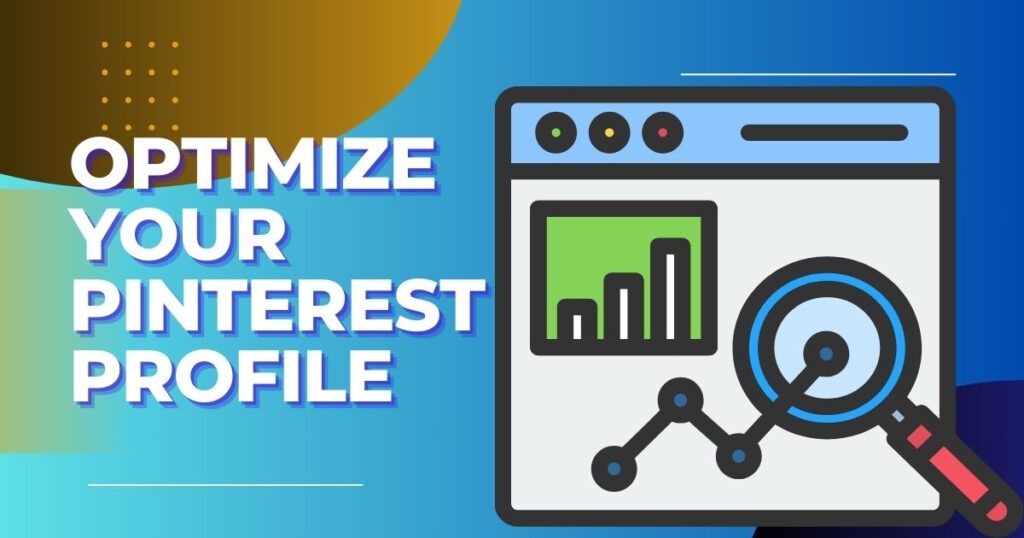
Optimize Your Pinterest Profile
Optimizing your Pinterest profile is crucial for gaining exposure and interaction. Begin by uploading a clear, high-quality profile image that portrays your business, such as your logo or a professional shot. Choose a short, memorable username that is easy to find and consistent with your brand. Include relevant keywords in your profile description to define your company or hobbies, which will assist consumers in understanding what you have to offer.
Make sure to declare your website so it may be linked directly to your profile, increasing credibility and monitoring insights. To increase discoverability, organize your boards around certain topics and utilize keyword-rich names. Consistently pin high-quality material, create descriptive pin descriptions with relevant keywords, and interact with your audience by replying to comments and repining content.
Finally, enable Rich Pins to provide context to your content, boosting engagement and conversions. By following these steps, you can create an effective Pinterest content profile that attracts followers, promotes traffic, and encourages conversation.
Create Engaging Pinterest Content
Creating compelling Pinterest content is essential for gaining and maintaining followers. Here are the major strategies:
- Visually attractive pins: To make your pins stand out in users’ feeds, utilize excellent, captivating images or graphics. Make sure your graphics are well-lit, clear, and connect with your target demographic.
- Vertical Pins: Pinterest content prefers vertical photos (23 ratio), which take up more space and perform better in the feed. Create compelling, keyword-rich titles for your pins. Keep them simple yet detailed, so it’s apparent what the pin is about.
- Detailed Descriptions: Create compelling pin descriptions that contain important keywords, hashtags, and a call to action (such as click to learn more or repin if you agree).
- Consistency is key: To staying noticed. Aim to establish a consistent pinning schedule that corresponds to your audience’s activities.
- Pin Variety: To reach a larger audience, share a variety of content genres such as infographics, tutorials, product photos, inspiring quotations, and blog pieces.
- Rich Pins: To make your content more fascinating and engaging, use Rich Pins to provide more detailed information, including product pricing or article descriptions.
- User-Generated material: Encourage your fans to contribute brand-related material, which may assist develop community and trust.
- Seasonal and Trendy Material: Use holidays, trends, and seasonal themes to keep your material fresh and current.
By combining these tactics, you can generate Pinterest content that attracts attention, fosters conversation, and directs visitors to your website or items.

Pinterest SEO Best Practices.
Pinterest SEO is vital for improving exposure and traffic. Begin by improving your profile with important keywords in your username, bio, and board descriptions. Use descriptive, keyword-rich board names to guide viewers to your information. When generating pins, provide thorough descriptions with keywords and hashtags relevant to your target audience’s search intent.
Use high-quality, vertical photos to help your pins stand out in the stream. Concentrate on developing unique, compelling material that invites sharing and conversation. Pin consistently and update your boards regularly. It also allows Rich Pins to add extra information and tracks your data to help you modify your approach over time.
Using Pinterest Analytics for Growth.
1. How may Pinterest Analytics help me enhance my content strategy?
Pinterest content Analytics reveals which pins, boards, and content kinds are popular with your audience. By monitoring analytics like impressions, saves, and click-through rates, you may see patterns and improve your content strategy. If specific themes or graphics do well, you may generate more of them to further engage your audience and boost traffic.
2. What essential metrics should I look at in Pinterest Analytics?
Concentrate on Impressions, Savings, and Click-through Rate (CTR). Impressions reflect how often your pins are shown, Saves indicate how well your material resonates, and CTR determines how many people click on your pin to reach your website or landing page. These measurements give an accurate view of your content’s reach and performance.
3. How frequently should I visit Pinterest Analytics to monitor my progress?
It’s advised that you check Pinterest content Analytics at least once every week. Regular monitoring keeps you up to current on performance patterns, allowing you to change your approach in real time. Tracking over a longer time helps you to spot seasonal fluctuations and fine-tune your strategy for constant development.
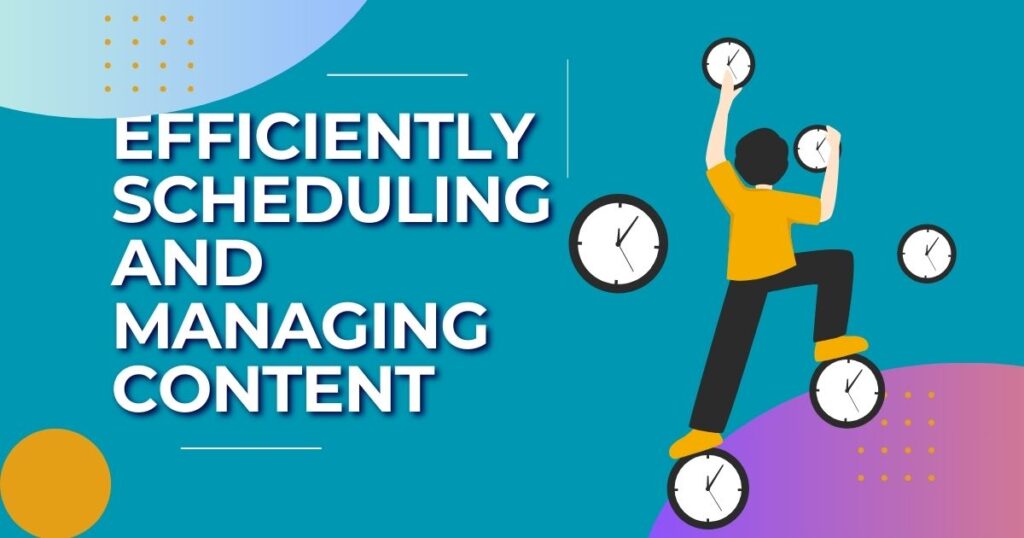
Efficiently scheduling and managing content.
Maintaining a constant and active presence on Pinterest content requires smart scheduling and content management. Using scheduling solutions such as Tailwind or Pinterest’s native scheduling function, you may schedule pins and ensure consistent posting even when you’re busy. Creating a content calendar helps you plan your articles around seasonal trends, holidays, and promotions, ensuring that your material is current and relevant.
Batching your pin creation allows you to create numerous pins for the same blog article or product at once, which saves time. Repining older material automatically keeps your boards fresh, and analyzing Pinterest Analytics daily allows you to fine-tune your approach depending on performance metrics. This method saves you time while increasing engagement and traffic.
Developing a Pinterest Content Strategy
Understanding your target audience, providing engaging material, and optimizing for discoverability are all necessary components of a successful Pinterest content strategy. Begin by establishing your target audience and their interests to guarantee your material meets their demands. Create boards based on certain themes or subjects that connect with your audience, and use keyword-rich names and descriptions to increase exposure.
Create a range of content kinds, including blog post promotions, tutorials, infographics, product displays, and seasonal material, to keep your profile interesting and entertaining. Consistently pin high-quality, visually attractive photographs with intriguing captions and relevant hashtags. To increase community involvement, blend unique pins with relevant information from others. Regularly examine Pinterest Analytics to see which pins work best and adapt your approach appropriately. A well-rounded content plan can help you grow your reach, engagement, and traffic over time.
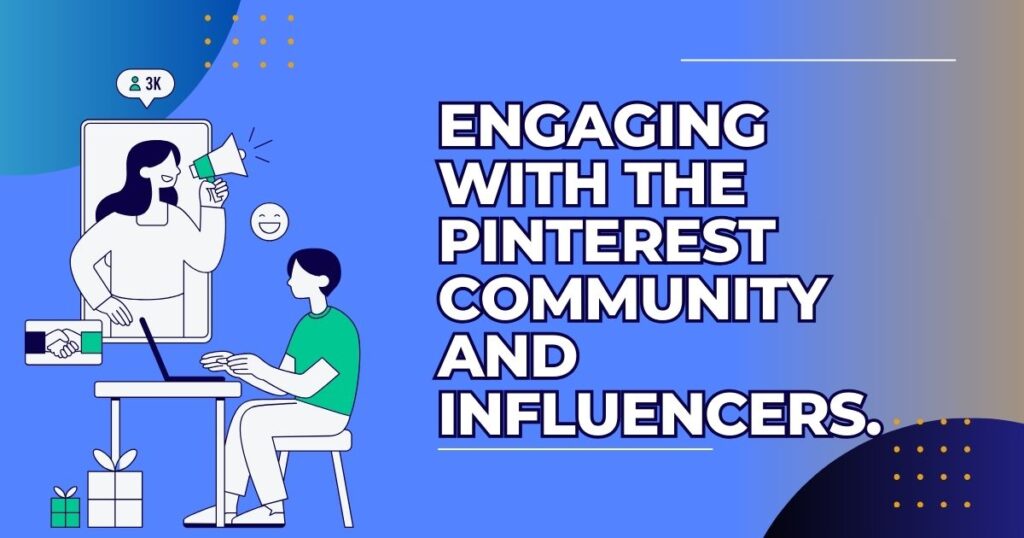
Engaging with the Pinterest community and influencers.
Engaging with the Pinterest community and influencers is an effective strategy to get awareness and establish a strong presence. Begin by communicating with people who engage with your material—reply to comments, repin their content, and participate in conversations to build connections.
Collaborating with influencers is another great method; work with influencers in your field to broaden your reach and tap into their dedicated following. You may work together on group boards, co-create content, or have influencers mention your goods or services in their pins. Join Pinterest group boards in your field to exchange content and interact with other producers.
Also, post user-generated material to create a feeling of community and inspire people to interact with your company. By actively engaging in the Pinterest community and partnering with influencers, you may increase engagement, traffic, and visibility on the site.
Tracking ROI and Measuring Success
Tracking ROI and quantifying performance on Pinterest is critical for assessing the impact of your efforts and optimizing your approach. Begin by establishing specific, quantifiable objectives, such as increasing website traffic, expanding your following base, or increasing sales.
Use Pinterest Analytics to monitor critical data like as impressions, saves, click-through rate (CTR), and engagement rate. These analytics demonstrate how well your content is doing and how much traffic it brings to your website.
Set up Conversion Tracking using Pinterest’s Tag to track activities like sign-ups, purchases, and downloads. This helps you determine the direct effect of your Pinterest engagement on your company objectives. To increase performance and optimize ROI, assess and alter your content strategy regularly using this data.

Conclusion
Finally, refining your Pinterest approach by creating great content, engaging with the community, and measuring important metrics is critical for driving growth and meeting your objectives. You may broaden your reach and cultivate a dedicated following by using tools like Pinterest Analytics, properly scheduling content, and engaging with influencers.
Regularly monitoring performance using ROI measures can help you modify your strategy and ensure that your Pinterest efforts lead to long-term success. Pinterest has the potential to be a strong platform for growing brand recognition, generating traffic, and driving conversions if used consistently and data-driven.
 My Account
My Account 
